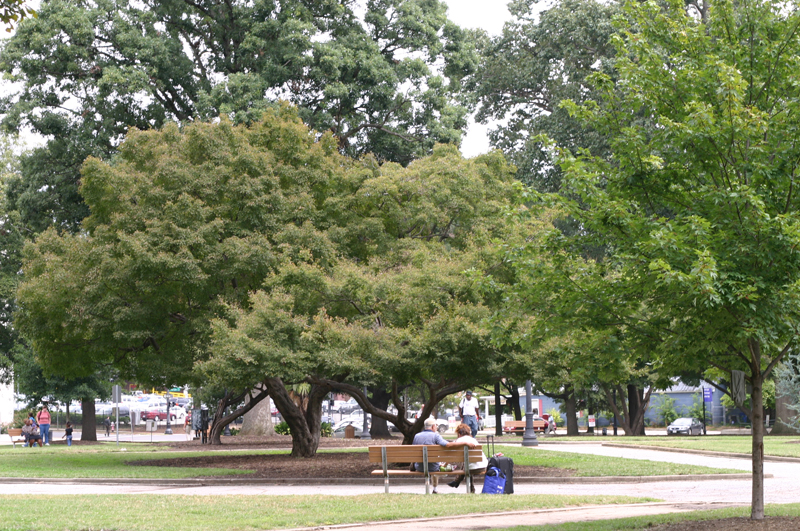This is part one of a two-part series looking at Moore Square. The first piece will look at development in and around the square; the second will look at the impact of moving social services away from this central location.
In recent years, Moore Square, one of downtown’s oldest green spaces, has been a dichotomy of poverty and progress. People in need still line up for dinner at the Salvation Army and for meal deliveries by churches on weekends. The old Greenshields Brewery building in the center of City Market still sits vacant most of the time, a sign in its window advertising for a new tenant.
Meanwhile, families bustle in and out of the 6-year-old Marbles Kids Museum and IMAX Theatre. Crowds of young professionals and creatives visit the square and City Market for concerts, First Friday and other gatherings.
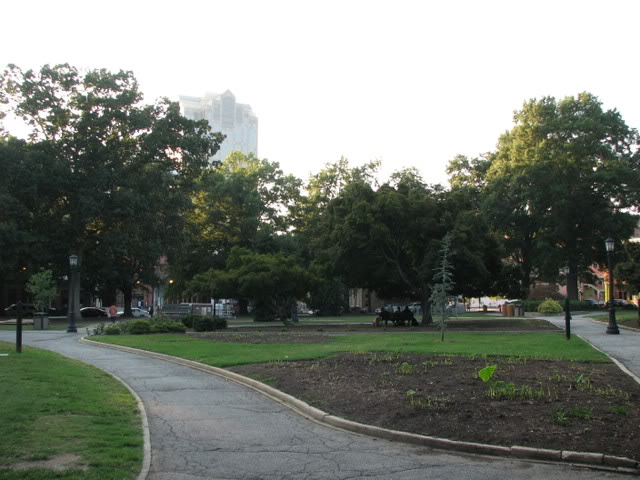
Moore Square. Photo by Leo Suarez.
But to create the density of residences, restaurants and shops that draw more people and economic activity downtown, city leaders and advocates want more of the latter than the former.
Business has grown each year since Pete Pagano opened the Irish pub, Tir na nOg, on Blount Street facing Moore Square in 2005.
Restaurants now line nearby Wilmington Street. The Moore Square Transit Station brings foot traffic day and night. There are hundreds more downtown residents, and major events and street parties happen almost every summer weekend.
“Moore Square is a very unique part of Raleigh,” Pagano said. “With the city focusing on it, it’s going to really increase investment in the area and add more depth to the experience of downtown Raleigh.”
Pagano still believes the best days for Tir na nOg are yet to come. He’s banking on the planned $14.8 million upgrade of Moore Square, the hundreds of new apartments announced in recent months and the promise of more mixed-use development along downtown’s eastern edge to give his business the boost he’s looking for.
“We are just anxious to have more of us down here,” said Jim Belt, president of the Raleigh Downtown Living Advocates. “We want to encourage the kind of development that makes sense.”
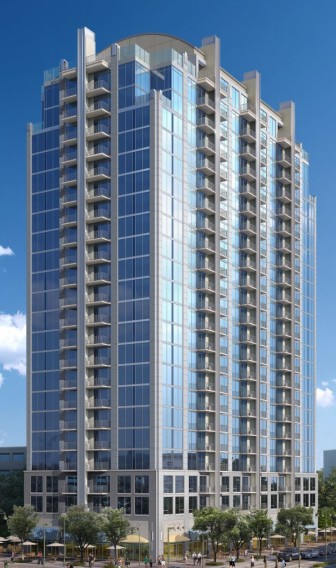
- A rendering of the Skyhouse.
Those advocates are getting their wish as plans for The Edison, an office and apartment complex on the block southwest of Moore Square, begin to move forward. Its $60 million SkyHouse tower will rise 23 stories on the corner of Martin and Blount streets, with up to 320 luxury apartments and retail spaces.
In May, a pair of developers announced plans for a second residential complex southeast of Moore Square called The Lincoln, planned for 224 market-rate units, a pool and parking deck.
The city, meanwhile, is focused on the block just east of Moore Square in its comprehensive plan reserved for residential or mixed-use development, said Mitchell Silver, chief planning and development officer for Raleigh.
In coming weeks, the city will complete the $2.1 million purchase of the Salvation Army building, allowing the agency to move to larger and newer digs on Capital Boulevard. Behind it, the administration has asked City Council to approve the purchase of 12 additional properties along Bloodworth Street. The city also owns a parking lot and old gas station building on the southwest corner of Martin and Person streets.
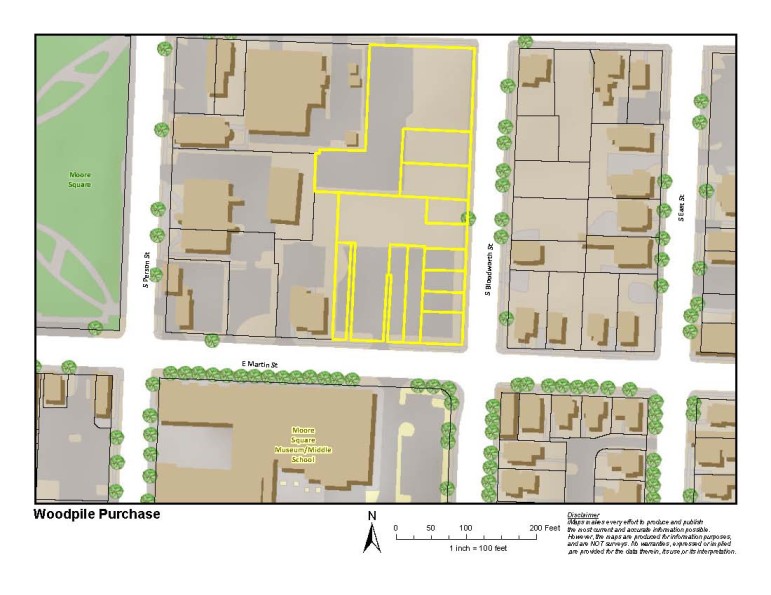
Eventually, the city will issue requests for proposals for developers who want redevelop those sites, Silver said.
Other properties around the Square may also change hands in coming months or years. Gordon Smith III, the IMAX developer and owner of The Lincoln property, has another 1.7 acres near the square he’s trying to get the city to buy.
The Raleigh Rescue Mission has outgrown its building on East Hargett Street, and is mulling a move within the Beltline.
“We know the development plans for downtown and we think it’s healthy for Raleigh,” said Bruce Storer, director of development for the mission. “We always looked at our location here as not permanent.”
Smith also hopes to make more out of the 133-year-old Long View Center he owns just north of Moore Square. He plans to market it as a music and performance venue during the evenings. (It will remain the home of Unity Church, too.)
A challenge for developers and city leaders will be to remake those eastern blocks in a way that’s sensitive to all people. Some who own homes east of downtown worry about the affect of gentrification on their property values.
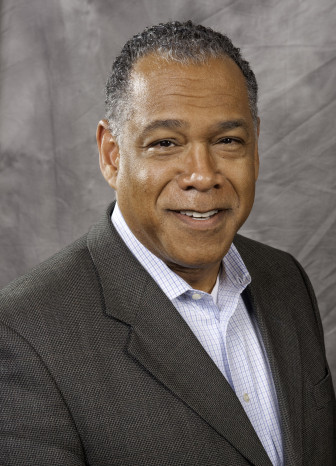
Photo by Joe Szurzewski
Mitchell Silver
Silver’s take is this: “When you look at redevelopment, you have two options. Do something or do nothing,” he said. “Some people say, ‘Don’t change anything,’ but leaving an area in a state of neglect is not acceptable.”
The city-owned property at Martin and Person streets was purchased with federal dollars, which requires it to include affordable housing, Silver said.
In either case, the existing homeowners near Moore Square have it best, he said. They can decide whether to sell or to stay.
